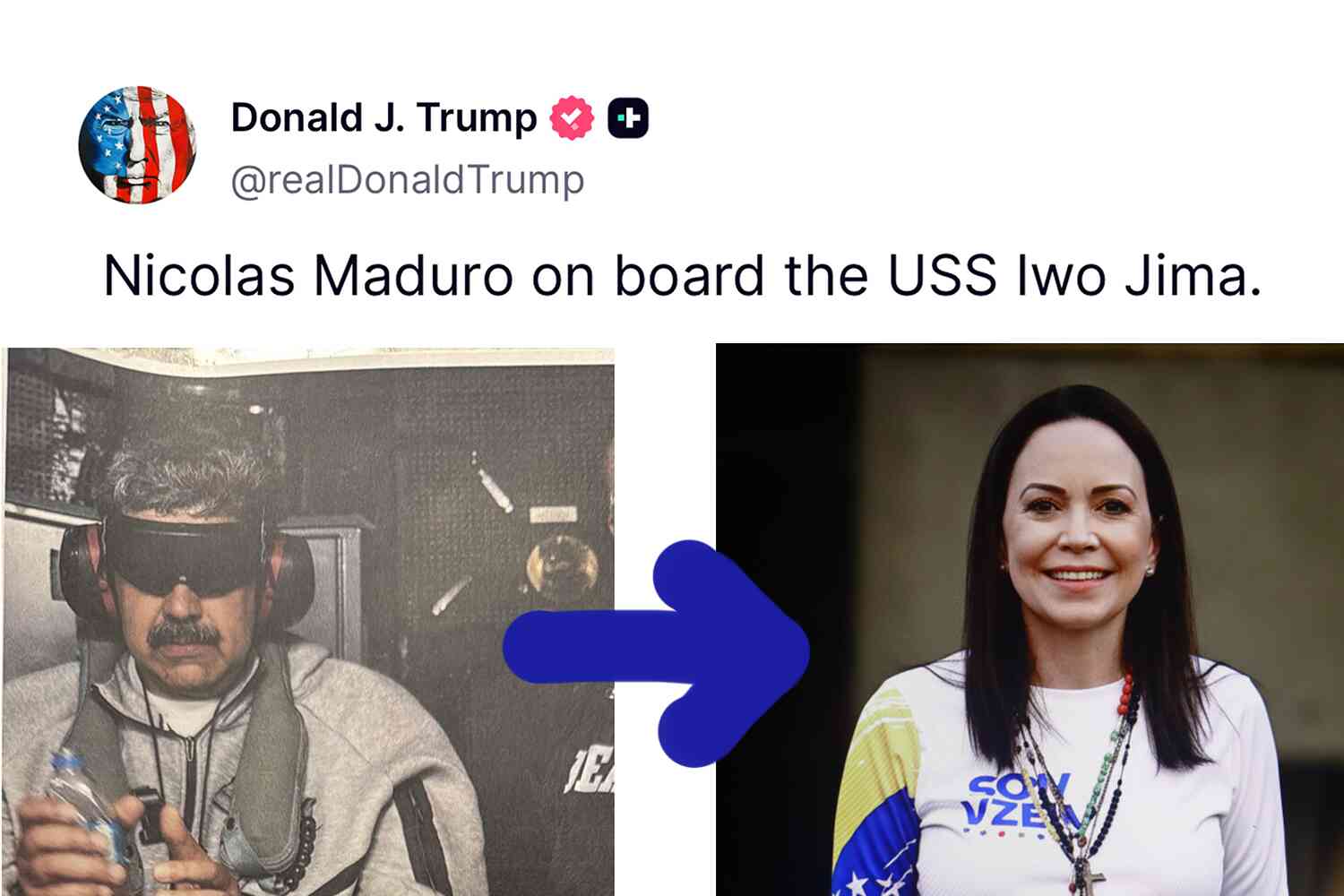We've come a long way since ol' Ben Franklin sent his kite up into the air to catch some lightning in a bottle:
Scientists in France have created a way to divert lightning strikes using a weather-controlling super laser.
Researchers with the Polytechnic Institute of Paris guided the strikes from thunderclouds to places where they don't cause damage. The team says the new technique could save power stations, airports, launchpads, and other buildings from disaster.
Now that's cool. I'll say this, when I hear the word "laser," I think to myself something small and compact, like the thing you might use to entertain your cat on your living room floor.

But perhaps unsurprisingly, the scientists in this experiment were using something a bit more powerful:
The five-ton device is about the size of a large car and fires up to a thousand pulses per second. The scientists installed it near a telecommunications tower in the Swiss Alps – which is struck by lightning around 100 times a year.
Makes a bit more sense that they wouldn't be conducting a top-level experiment with something you can buy at a 7-Eleven.
For a bit of historical trivia, Ben Franklin's long-ago kite experiment was done in order to demonstrate that lightning and electricity were essentially one and the same. Here's how he pulled it off:
Franklin constructed a simple kite and attached a wire to the top of it to act as a lightning rod. To the bottom of the kite he attached a hemp string, and to that he attached a silk string. Why both? The hemp, wetted by the rain, would conduct an electrical charge quickly. The silk string, kept dry as it was held by Franklin in the doorway of a shed, wouldn't.
The last piece of the puzzle was the metal key. Franklin attached it to the hemp string, and with his son's help, got the kite aloft. Then they waited. Just as he was beginning to despair, Priestley wrote, Franklin noticed loose threads of the hemp string standing erect, "just as if they had been suspended on a common conductor."
Franklin moved his finger near the key, and as the negative charges in the metal piece were attracted to the positive charges in his hand, he felt a spark.
Thanks for paving the way, Ben!










